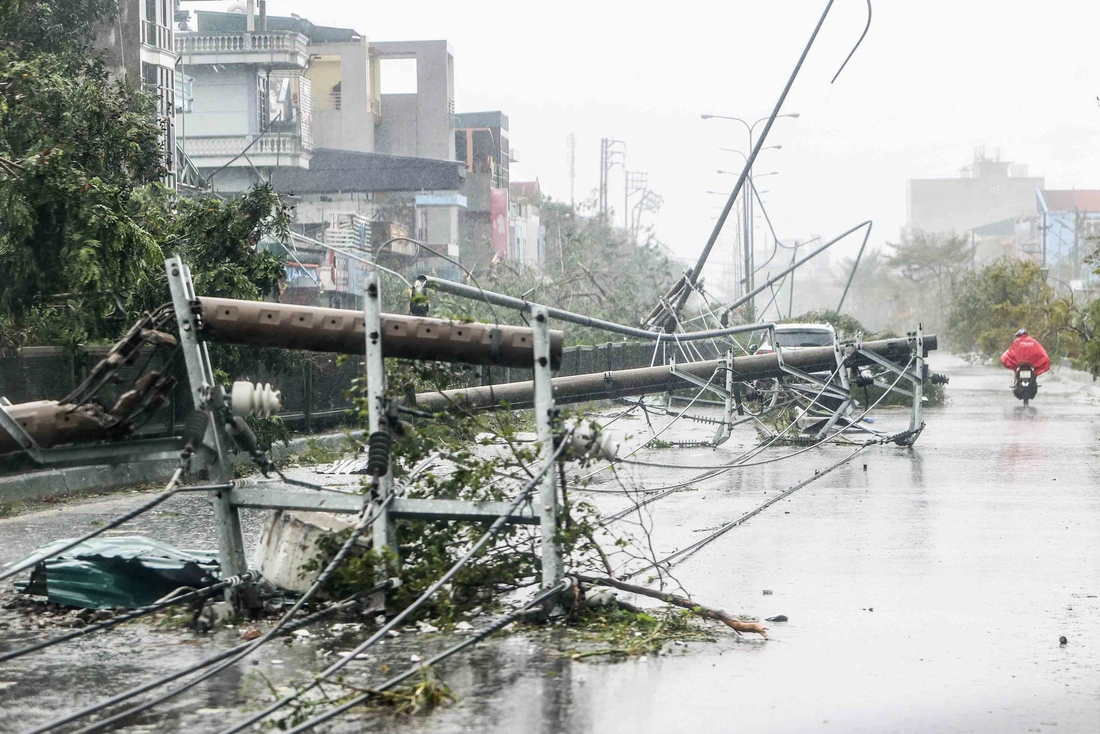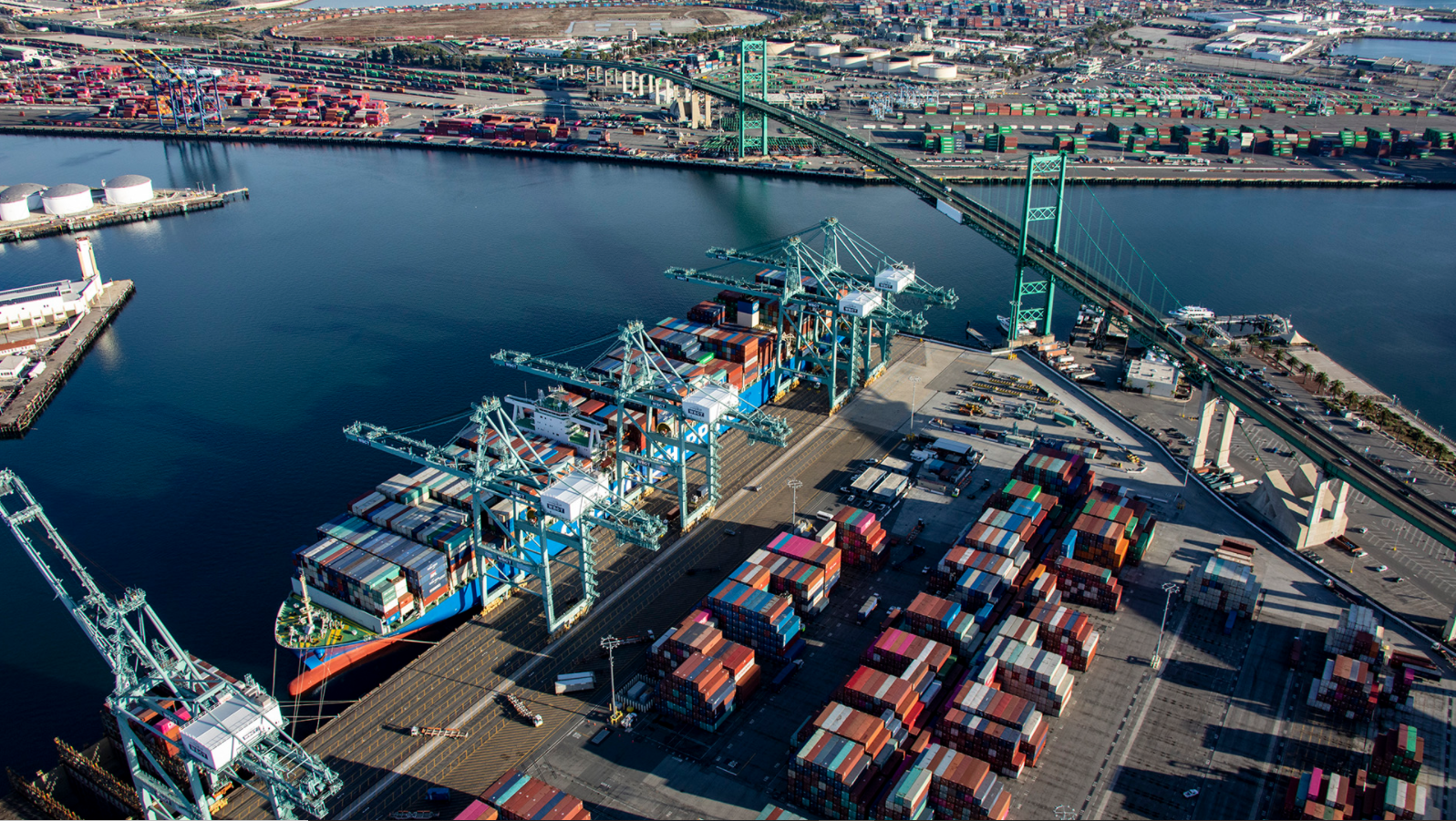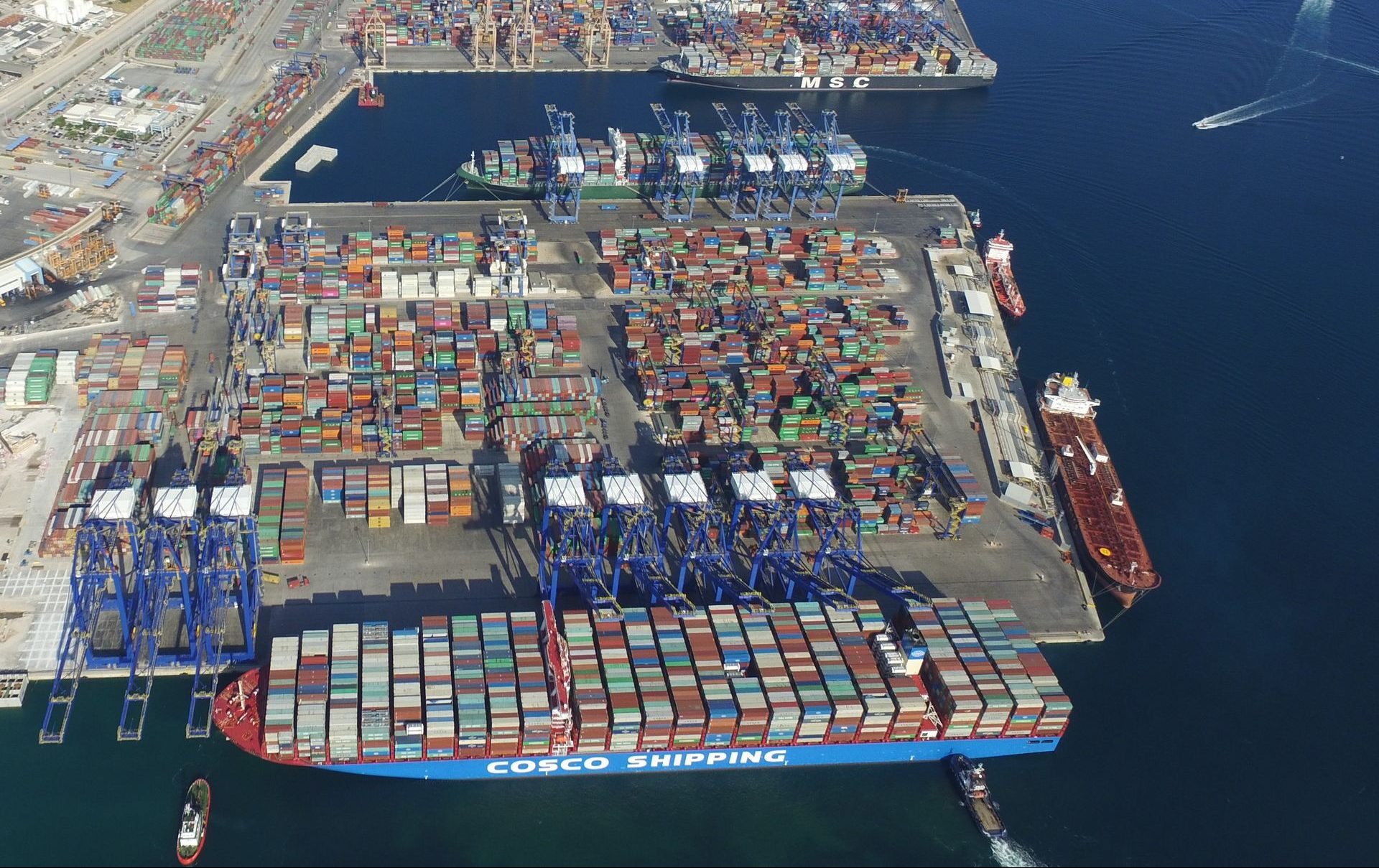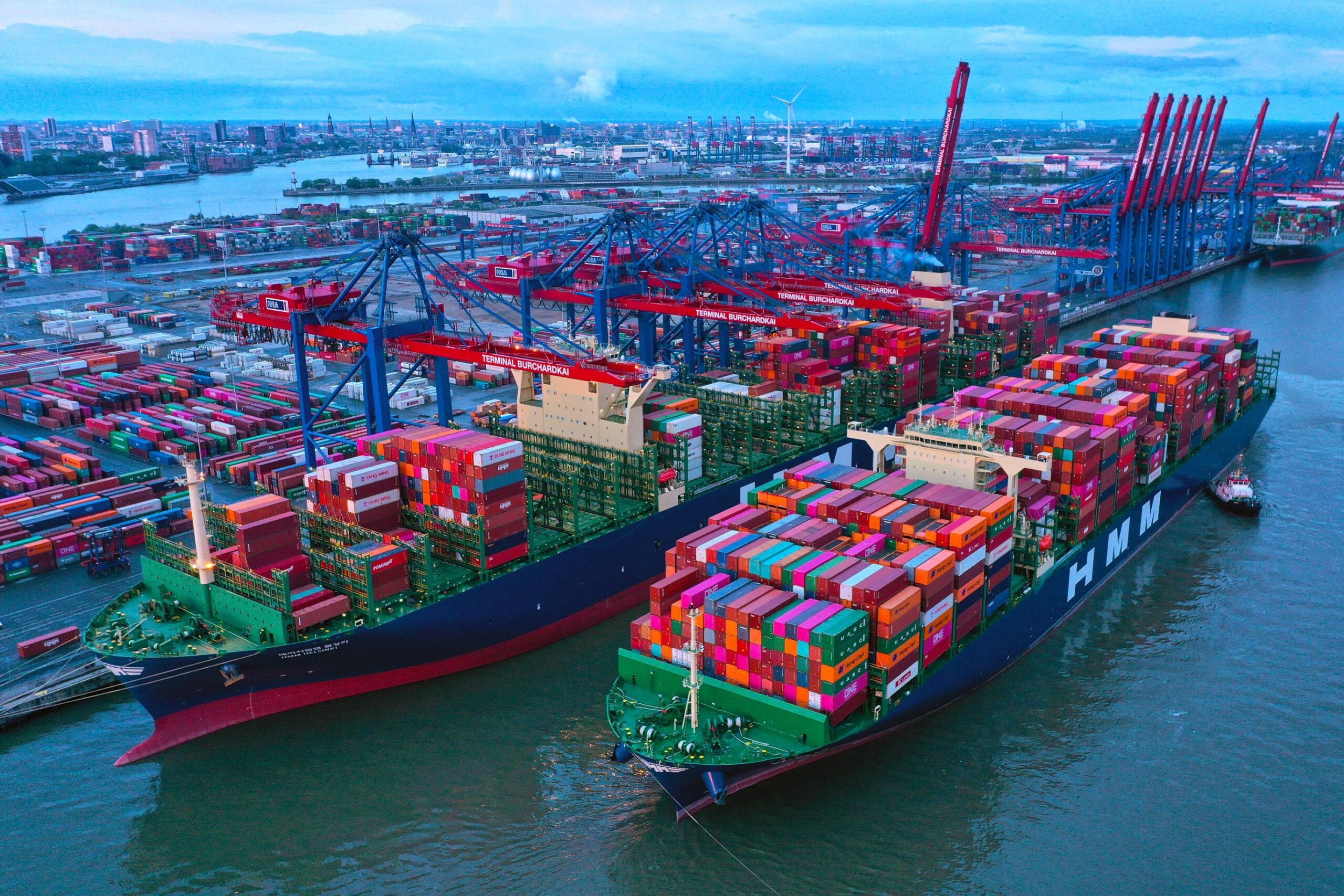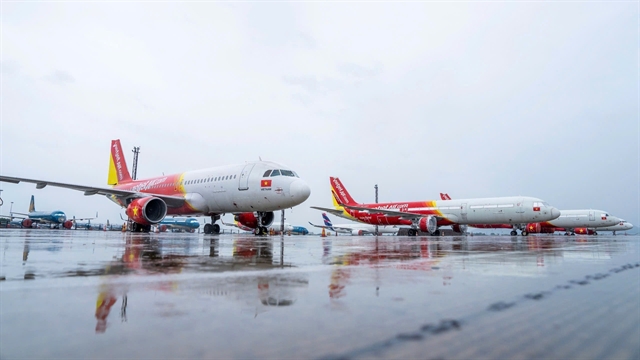In the aftermath of Typhoon Yagi, logistics operations in North Vietnam have been heavily impacted, particularly in coastal and mountainous regions. The storm brought heavy rains, flooding, and landslides, which have disrupted key transportation routes and infrastructure.
Road Transportation: Major highways and local roads, especially in areas like Quảng Ninh, Hải Phòng, and the northern mountainous regions, have been flooded or blocked by landslides. This has caused significant delays in road freight transport, with some routes remaining impassable. Authorities are working to clear debris, but it may take several days or weeks to fully restore road access.
Seaports: Hải Phòng Port, a critical hub for international trade in the north, temporarily suspended operations during the storm. While port activities are slowly resuming, there is a backlog of containers, leading to delays in both imports and exports. The recovery of normal port operations will depend on how quickly the infrastructure is repaired and cleared.
Rail Transport: Some rail lines have also been affected, particularly in areas prone to flooding. Freight services on certain routes may be delayed as rail operators work to assess and repair damaged tracks.
Air Freight: While airports in the north, such as Nội Bài International Airport, have resumed operations, weather-related delays have affected flight schedules. Air cargo services are gradually stabilizing, though there may be minor delays as logistics providers work through backlogs.
Supply Chain Impact: The disruption has affected supply chains across various industries, including manufacturing, agriculture, and retail. Companies relying on just-in-time deliveries are likely to face challenges as they wait for transportation networks to return to normal.
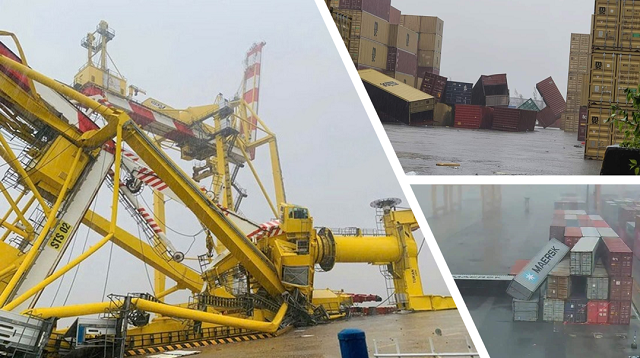
Businesses are advised to anticipate continued delays in logistics services in North Vietnam, adjust delivery schedules, and explore alternative routes where possible. Local authorities are actively working on recovery efforts, but full restoration of logistics services may take time, especially in severely affected areas.

